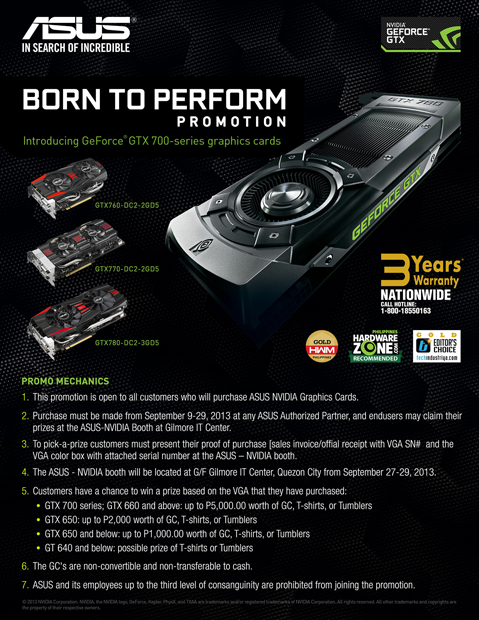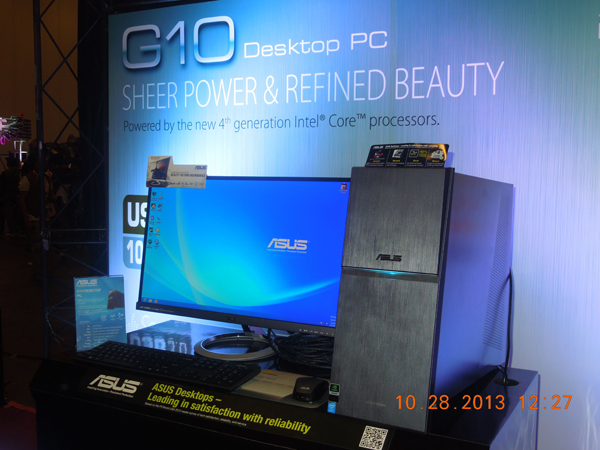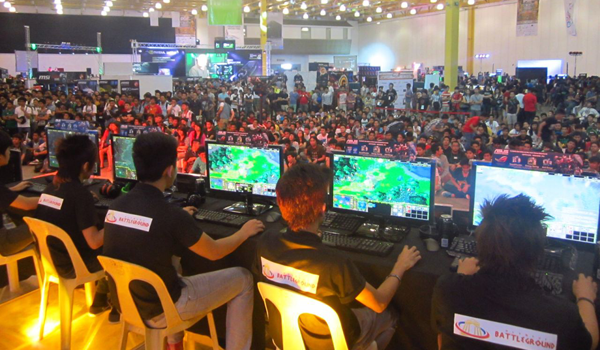
The recently announced Asus GTX 780 Ti DirectCU II graphics card is powered by the new GeForce GTX 780 Ti graphics-processing unit (GPU) and fitted with exclusive DirectCU II technology for cooler, quieter and faster performance.
The GeForce GTX 780 Ti GPU is powered by 25% more CUDA (Compute Unified Device Architecture) cores and benefits from a boosted clock speed of 1020MHz — both significant increases on its predecessor that enable ASUS GTX 780 Ti to deliver astonishing gaming performance.
With exclusive ASUS DirectCU II technology on board, GTX 780 Ti DirectCU II runs up to 30% cooler, three times (3X) quieter and 6% faster than reference cards when playing BattleField 4.
The DirectCU II technology is exclusive to ASUS. And as such, only ASUS is able to offer the GTX 780 Ti GPU on a graphics card with DirectCU II.
This thermal technology puts highly-conductive 10mm copper cooling pipes in direct contact with a card’s GPU, so heat is dissipated quickly and with extreme efficiency.

To further boost cooling, GTX 780 Ti DirectCU II also includes a heat-sink that is 220% larger than reference, along with a proprietary CoolTech fan that provide multi-directional airflow to accelerate heat removal and enable highly stable graphics performance.
The GTX 780 Ti DirectCU II also features DIGI+ voltage-regulation module (VRM) — a 10-phase power design that reduces power noise by 30% and enhances energy efficiency by 15%, compared to reference designs. DIGI+ VRM also widens voltage-modulation tolerance and improves overall stability and longevity — by two-and-a-half times (2.5X) above reference.
Included also is the GPU Tweak utility, which offers exclusive overclocking opportunities to users.
This easy-to-use tool hands users a variety of unique controls that enable them to squeeze the very best performance from the GTX 780 Ti GPU. These include the ability to control finely GPU speeds, voltages and video-memory clock speeds in real time — so overclocking is both easy and can be carried out with high confidence.








